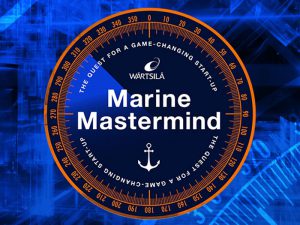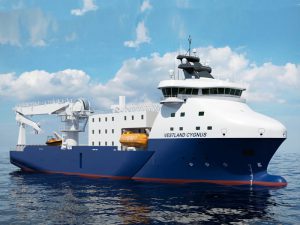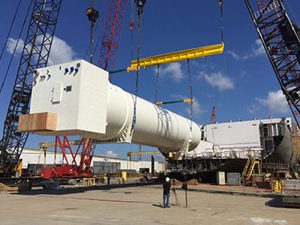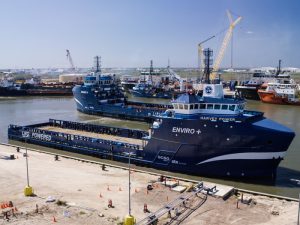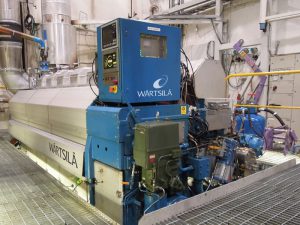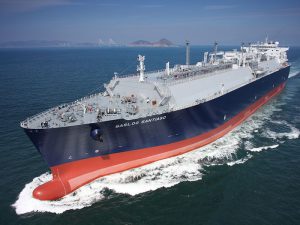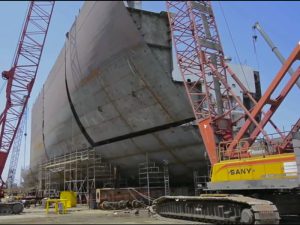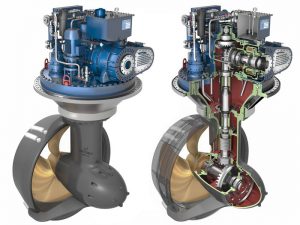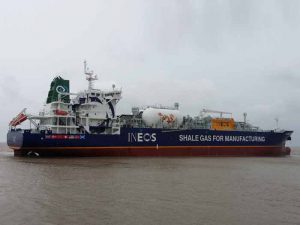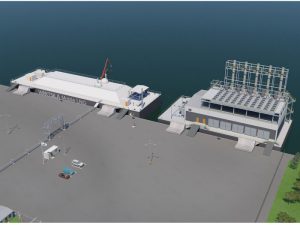
Barge mounted solution brings LNG to challenging locations
The Wärtsilä Mobile LNG solution has been developed for challenging locations where pipelines and large-scale LNG receiving terminals are not feasible, or where the quantities of LNG needed are smaller. It is well-suited for shallow water areas where access for larger vessels would not be possible without major jetty constructions or dredging operations.
The all-in-one solution includes a jetty-based LNG receiving system receiving system, LNG storage and a regasification barge. The barge can be used in combination with a fixed or floating power plant with an installed capacity of up to 250 MW, which is ideal for many medium-sized communities. Its capacity can be ramped up by floating a second barge next to it
Compared to constructing conventional land-based terminals in difficult soil conditions and areas with an undeveloped infrastructure, the barge can mean a significantly lower capital investment (capex) and faster delivery. And, being mobile, it can be easily re-located giving it a high resale value.
The Wärtsilä Mobile LNG solution will make LNG available to new consumer segments, and will benefit both utilities and end-users. The flexibility of location it provides can bring clean energy to areas that have only limited or no access to a national electrical grid.
“Wärtsilä’s solutions support the entire gas value chain, from drilling and production, to delivery, liquefaction, regasification, storage, and power generation. This latest innovation is one more important step towards completing our LNG infrastructure offering. Most existing facilities are geared for larger-scale users, whereas the Wärtsilä Mobile LNG offers a flexible and mobile option for small to medium requirements,” says Timo Koponen, Vice President, Flow and Gas Solutions, Wärtsilä Marine Solutions.
The LNG is transferred by a small scale LNG carrier.


